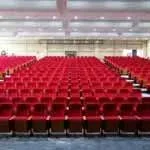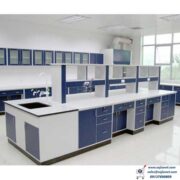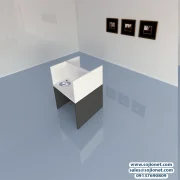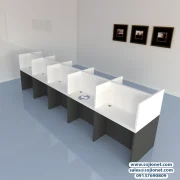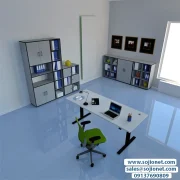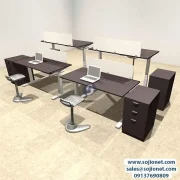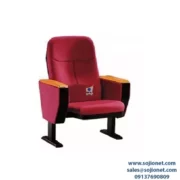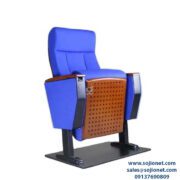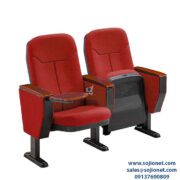Computer Desk
Computer Desk
Adjustable Table
Adjustable Table
Adjustable Table
Auditorium Chair
Auditorium Chair
Auditorium Chair
Auditorium Chair
Auditorium Chair
Auditorium Chair
Auditorium Chair
Auditorium Chair
Auditorium Chair
Auditorium Chair
Auditorium Chair
Auditorium Chair
Auditorium Chair
Auditorium Chair
Auditorium Chair
Auditorium Chair
Auditorium Chair
Auditorium Chair
Auditorium Chair
ACCESSORIES
Auditorium Chair
Auditorium Chair
EVENT FURNITURE
SCHOOL FURNITURE
SCHOOL FURNITURE
School furniture is also called university furniture. A typical classroom includes desks, chairs, white boards for writing on and usually a computer stand as well.
If you are looking for a price winning school furniture that’s cost-effective, you are in the right place! Whether you’re furnishing just one on-campus residence, an entire campus or off-campus housing; we have countless furniture solutions that you will love. College School furniture is a dorm necessity for all college dorm rooms.
Most noteworthy, our furniture help students to cope with their sitting and studying activities. We work hand in hand with our experts to minimize stress and boost efficiency. Every aspect of our manufacturing process has been meticulously managed to provide the most stylish, durable and cost-effective pieces of furniture.
Physical comfort of a student in the classroom is a topic that is often neglected and needs to be spoken about. Children spend as long as 9 hours at their desks every day and almost 83% of them sit at desks and chairs that are not suitable for their body height. Hence, Classroom Ergonomics plays an important role in learning environment.
Types of School Furniture
There are several types of school furniture commonly used in classrooms, including:
- Desks and Chairs: These are the most common type of school furniture, typically used in individual or paired arrangements. Furthermore, they come in a range of sizes and styles to accommodate different age groups and classroom needs.
- Tables and Chairs: These are larger than desks and chairs, and are usually for group work and collaborative learning. You can arrange them in various configurations to support different learning activities.
- Storage Cabinets: These are for storing textbooks, supplies, and other materials in the classroom. They can be freestanding or built-in, and come in various sizes and styles.
- Bookshelves: These are for storing books and other reading materials in the classroom. They can be freestanding or built-in, and come in various sizes and styles.
- Whiteboards and Chalkboards: These are for displaying information and facilitate classroom discussions. They can be wall-mounted or freestanding, and come in various sizes.
- Audio-Visual Equipment: This includes items like projectors, screens, and speakers, which are used to support multimedia learning experiences.
- Gym Equipment: This includes items like gym mats, balance balls, and other exercise equipment used in physical education classes.
- Outdoor Furniture: This includes items like picnic tables, benches, and other outdoor seating used for outdoor learning and recreation.
Classroom seating should support a healthy posture, especially since young bodies develop rapidly. Furthermore, it should also decrease fidgeting. Ideally, students should sit with their feet firmly placed on the floor and their backs against their chairs.
While ergonomics is extremely important, classroom seating must also be flexible in terms of functionality. In other words, it has to complement the curriculum. Educators and designers feel that classrooms of today have become active learning environments. This requires portable (in weight and design) chairs that students of all age groups can quickly and easily move, arrange, stack and store.

